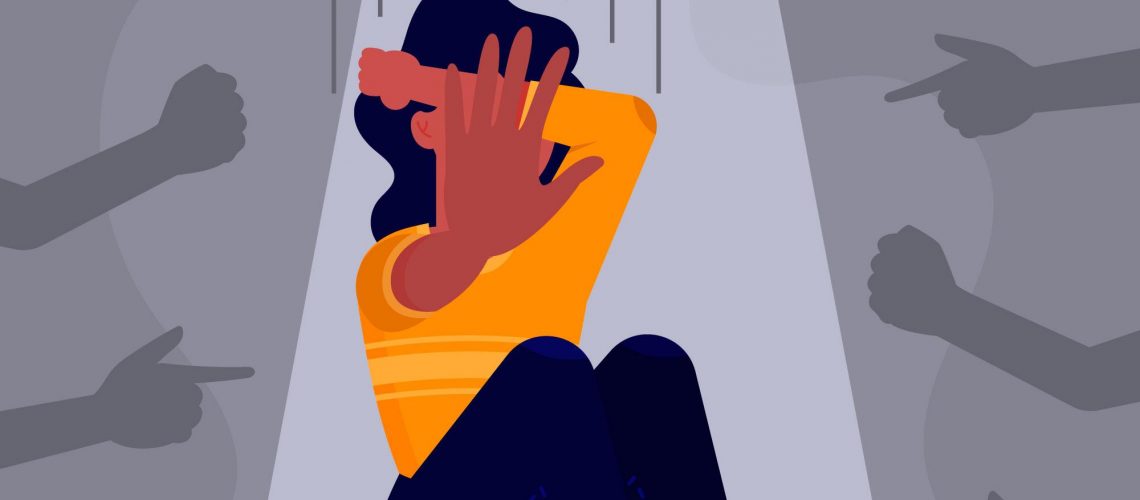Sticks and Stones can only Break the Bones, But words can kill you :
Social media is used everywhere, our families, friends, advertisers, celebrities, organisations and almost everyone uses it directly or indirectly. Our current world population is 7.75 billion and the Internet has 4.54 billion users, 5.19 billion mobile users, and 3.8 billion social media users as per www.wearesocial.org a reputed internet survey organisation. At an average at least 25% of the users are undoubtedly subjected to some form of social media trolling during their usage. Trolls create conflict on social media sites by making controversial statements with the sole purpose of causing disorder that can be found in almost every corner of Internet.
These trolls on social media will create problems for people and businesses which affects the social well-being and emotional well-being aspects of an individual.
What Is Trolling? :
- A troll is an individual with the intention to create conflicts and controversies to …
a) Generate Provocative Debates
b) Use Insults
c) Send Offensive Messages
d) Character Assassination - They act on blogging, social media platforms, or on any other online format. In general, trolls adopt fake identities that make them feel at ease on social platforms. They know or even might not know their victims directly, like in cyberbullying, and they can act at any moment.
Trolling Platforms :
- a) Social Media Platforms
- b) Internet Chat Rooms
- c) Email / WhatsApp – Groups
- d) Discussion Forums
- e) Blogs
Why Do People Troll? :
- End Now Foundation a non-profit organisation, promoting Internet Ethics and Digital Wellness studied the trolling behaviour for nearing 03 years, and find that the most reason they act in this manner is due to psychological state issues or psychological problems. This has been discussed exhaustively with psychologists and digital wellbeing experts, and that they have come to the identical conclusions and that they are documented in Cyberbullying a study released this June 2020.
- Trolls are people with serious sociological, psychological, and deep-seated mental issues, stemming from either regulatory offense, mental disease, and problems with their sexual identity.
- we discover that almost all those who participate in trolls are categorised as below
a) An Abusive Childhood
b) Mental Health Problems
c) Sexual Predators
d) Political or Personal Vendetta - This is the foremost dangerous form of Troll, and also the ones within the highest risk factor to children. Though we estimate that around 60% of all Trolls have pedophile tendencies, and download pictures of child abuse, child rape, and abuse, the 6th category poses a more dangerous threat as they try to manipulate perceptions.
Characteristics of Trolling :
- It may indicate inflammatory, abusive, and threatening criticisms.
- It can aim to polarise the discussion on the lines of gender, religion, and ideology.
- It may be for expression of disgust and mockery.
- It may suggest the users are participating in protest or simply organising the protest.
How closely ‘Trolling’ and ‘Cyber-Stalking’ are related? :
- Let’s check the definition of Cyberstalking, and see similarities to the mentality of a Troll, or ‘Cyberbully’.
- Cyberstalking is that the use of electronic means to stalk or harass a private or a company. While “harassment” must meet a criterion that an inexpensive person, in possession of the identical information, would regard it as sufficient to cause another reasonable person distress.
- Key factors which are identified for cyberstalking
a) False Accusations.
b) Gather Information about the Victim.
c) Encouraging others to Harass the Victim.
d) False Victimisation.
e) Attacks on Data and Equipment.
f) Ordering Goods and Services on Victim’s names.
g) Arranging to Meet. - More commonly they post defamatory or derogatory statements about their stalking target (victim) on social media pages, messaging platforms designed to urge a reaction or response from their victim. In many cases, they create fake blogs and social pages in the name of the victim containing defamatory or pornographic content, as Trolls do.
How do I deal with a ‘Troll’ if they refuse to stop? :
- a) A report in Social Media Platforms
b) Complaints at Cyber Crime Police Stations
c) Complaints at www.cybercrime.gov.in
d) Digital Wellbeing & Internet Ethics Support Groups - Organisations such as ISEA, a division of CDAC, Cyber Girl and Cyber Jagruthi many other organisations run by volunteers to fight online harassment through education of women, children, teens, law enforcement personnel, and empowerment of victims. They have wide range of articles on their web pages giving advice on digital wellbeing & internet ethics and cyber safety and what to do when targeted by trolls.
- While the problem of cyberbullying and trolling isn’t going away, the proliferation of volunteer groups working in tandem with law enforcement and other government agencies is giving people a chance to fight back and occasionally win.



